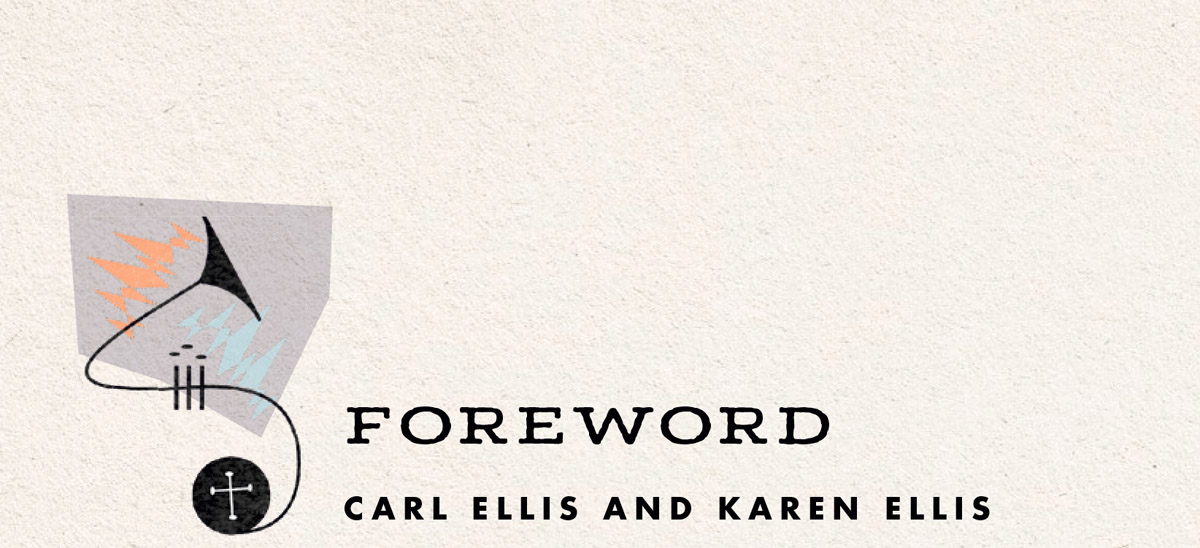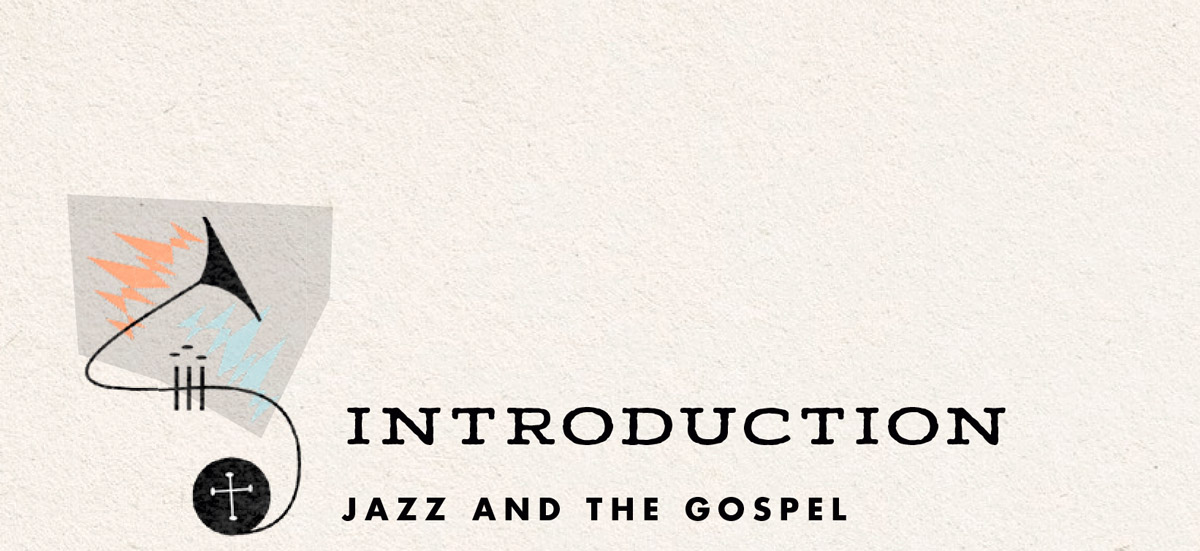Sommaire
Pagination de l'dition papier
Guide
 InterVarsity Press
InterVarsity Press
P.O. Box 1400 | Downers Grove, IL 60515-1426
2022 by William Edgar
All rights reserved. No part of this book may be reproduced in any form without written permission from InterVarsity Press.
InterVarsity Press is the publishing division of InterVarsity Christian Fellowship/USA. For more information, visit intervarsity.org.
Scripture quotations, unless otherwise noted, are from The Holy Bible, English Standard Version,
copyright 2001 by Crossway Bibles, a division of Good News Publishers. Used by permission. All rights reserved.
The publisher cannot verify the accuracy or functionality of website URLs used in this book beyond the date of publication.
Cover design and image composite: David Fassett
ISBN 978-1-5140-0067-0 (digital)
ISBN 978-1-5140-0066-3 (print)
This digital document has been produced by Nord Compo.
TO MY DEAR FRIENDS
Monty and Caterina Alexander,
who personify the music described in these pages
I f youve ever spent time around William Edgar as he perches sideways on a piano bench, you may have heard him describe himself as a jazz musician disguised as a theologian. Once he turns from teaching to the keys, what at first seems like self-deprecation soon becomes crystal clear: he is a master jazz theologian, and the two identities are in perfect harmony, serving the depths of our humanity with the touch of God; indeed, jazz music is from the soul, of the soul, and for the soul.
We experience life in parallels: the formal and the dynamic, unity and diversity, form and freedom, the one and the many, and on and on. Great thinkers throughout history have wrestled with these parallels, asking, Which one prevails in our reality? From Gods limitless perspective, two realities can fulfill, harmonize, and dance with each other because they are creations of the unlimited Being, namely, God himself.
Musically, these dimensions can be expressed in terms of classical (formal) and jazz (dynamic). In the larger Western context, the expression developed on the formal side, while in the African American context, the expression was birthed from the dynamic side. Representing much more than a musical form, jazz emerged from a facet of life marked by improvisation within a theme. Taking this into the classroom of life, the classical dimension provides useful parameters for doing theology, while the jazz approach empowers us with wisdom to live out that theology in the rapidly shifting context of life.
Then theres the blues, jazzs country cousin who paints mental pictures of reality, not merely concepts. Ol Cousin Blues slides up from the Mississippi Delta to help us not just understand but to feel life it as it evokes real memories from our experiences. The blues parallels the stormy relationship between God and his covenant people. When sung from a mans perspective, the blues is usually about a wayward womanhis significant other. What better illustration is there between God and his unfaithful people? The divine blues theme is the song of Hosea, a brother whose wife violated her marriage covenant in every conceivable way, leading to prostitution and slavery. Despite her ways, Hosea redeemed her because of his passionate love for her. God expresses his passionate redeeming love in the blues refrain:
How can I give you up, Ephraim?
How can I hand you over, Israel?
How can I treat you like Admah?
How can I make you like Zeboyim?
My heart is changed within me;
all my compassion is aroused.
I will not carry out my fierce anger,
nor will I devastate Ephraim again. (Hos 11:8-9 NIV)
When sung from a womans perspective, the blues is usually about her lover, who is unfaithful and cruel, an excellent picture of how idols treat people. She longs for true love but only finds heartbreak, and only God can satisfy her deepest longing, making promises beyond the imagination, and keeping them all... such is the song of God.
Gods ever-refreshing mercies expose in brilliant, high-fidelity surround sound the multilayered jazz dimension of the hope of the gospel of Christ. Its the cultural offering borne of the eternal surprising us in the temporal, and its a lyrical prayer to a God who was resisted in all other places of life. Its the syncopation of eternity dancing on the soil of the temporal, and its the return of the soul dynamic to the one who created it. The author writes that he hopes this book will persuade the reader that the music cannot be properly understood without some familiarity with the Christian message. This does not mean one must be a theologian to grasp the message. But it will help to know the basics of creation, the fall into sin, and the redemption of all things by the grace of God. These basic tenets find their way into jazz. From where we sit, it takes a peculiarly gifted person to coax that message out of the horn, to tickle it out of the keys, to slap it out of the bass, and beat it out of the drum. It takes a jazz musician disguised as a theologian.
It takes a humble master-teacher such as William Edgar.
T his book is a labor of love. I have spent years reflecting on the meaning of jazz. I want to thank some of the many who have helped through the gestation and up to the birth of these pages. My editors at InterVarsity Press represent the gold standard. I am especially indebted to my publishing supervisor and friend, David McNutt. He has guided me through each stage of the process with dedication. Many of the ideas have been tested through him, and through friends who were willing to have a look at them and render their honest critiques. Special thanks are also due to Jeffrey Monk for creating the indexes.
I also want to thank my employer, Westminster Theological Seminary, for believing in the project, and giving me the time to develop it. I particularly want to thank my wife, Barbara, for her patient care throughout.
Strength and dignity are her clothing,
and she laughs at the time to come.
She opens her mouth with wisdom,
and the teaching of kindness is on her tongue. (Prov 31:25-26)
Jazz washes away the dust of everyday life.
ART BLAKEY
I t has been my privilege to grow up with jazz, to study it, and to perform it. I am not a headliner, but Im a decent amateur. Once, at a fundraising concert in New York City, I had the privilege of being in a quartet with the great John Patitucci on bass, an extraordinary saxophone player, Joe Salzano, and the irrepressible vocalist Ruth Naomi Floyd. After listening to the recording, my friend Monty Alexander said, Wow, you kept up with big guys. Thats as high a compliment as Ive ever received, and from one of the greatest pianists on the planet.
Not everyone can be an aficionado. But it is my conviction that jazz is one of the most enjoyable and meaningful kinds of music there is. My friend Ted Turnau recounts how he fell in love with jazz: When I listened to that music, my heart soared. The guitar solos, the piano solos, the harmonies, the bass lines, the rhythmsall of it seemed full of a shimmering, transcendent joy that I had a hard time defining. One of my hopes is that after reading this book, more readers will become listeners and be convinced at least to give it a chance.

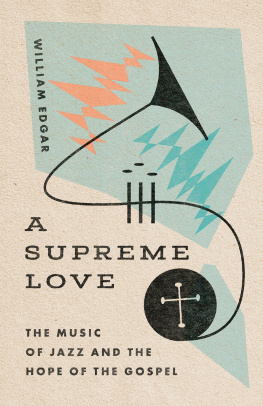
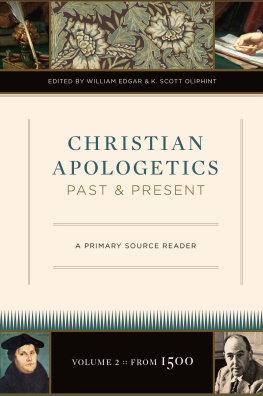

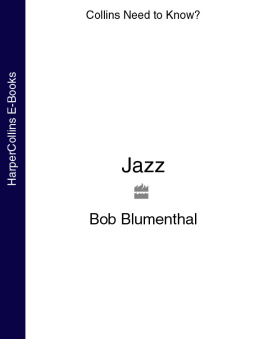
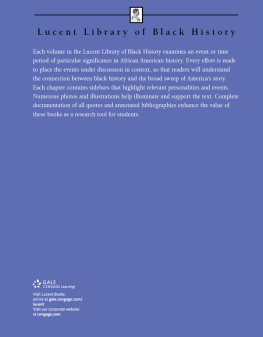
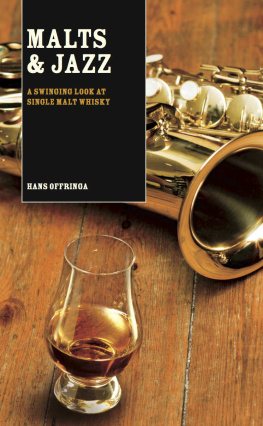
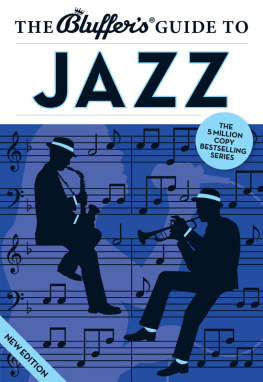
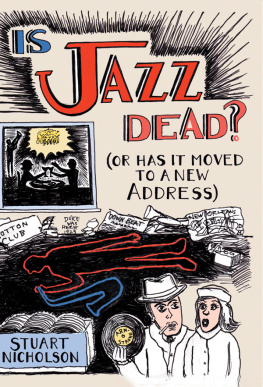

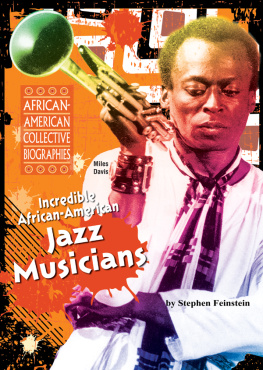

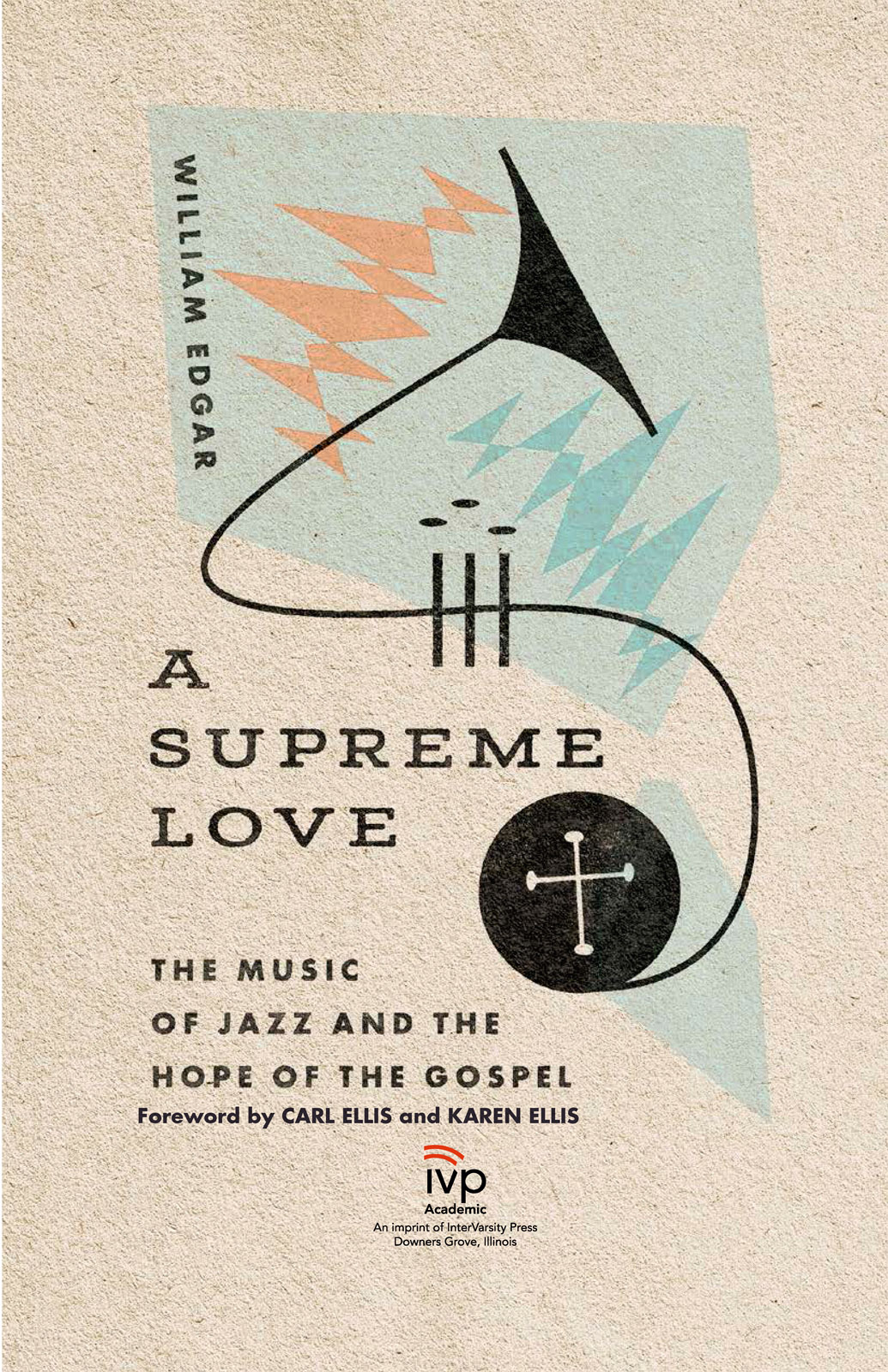
 InterVarsity Press
InterVarsity Press